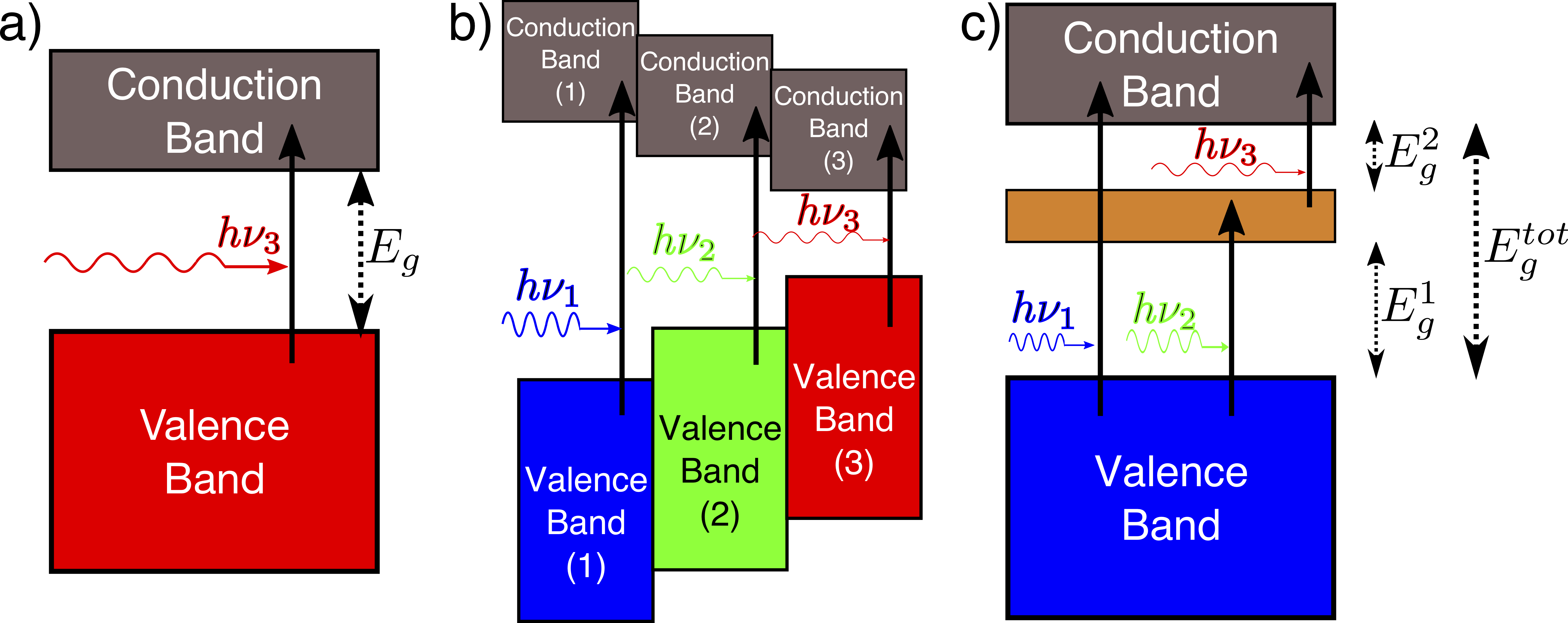Photovoltaics (or PVs) are an important component towards creating a sustainable, fossil-free energy future. Currently, the PV market is dominated by single-junction solar cells made of crystalline Si, benefiting from the decades of research and calibration that went into developing Si-based transistors and computing chips. However, the performance of Si-based solar cells is inhibited by the intrinsic electronic properties of Si (e.g., indirect band gap), which typically requires the production of high-purity Si and consequently drives up the solar cell costs. Hence, developing PVs that do not use Si as the base semiconductor can result in both better efficiencies and lower cost.
Among the various beyond-Si materials that have been studied for PV applications, Cu2ZnSnS4 (CZTS) displays significant promise, since it’s constituents are earth-abundant, it exhibits a near-optimal band gap for PV, and it can be produced using cheap wet-chemistry methods. However, CZTS suffers from intrinsic defect formation (e.g., CuZn+ZnCu, SnZn+2CuZn antisite clusters) that typically reduces its performance, via inducing electrostatic potential fluctuations (reducing the voltage), and/or trap states that lie deep within the band gap (reducing the free carrier concentration or current). Doping and/or alloying CZTS has been shown to suppress some of the defect formation in prior studies. Hence, this research direction will focus on developing doping and/or alloying additions, using density functional theory (and beyond) calculations, that can aid in improving the performance of CZTS-based solar cells by suppressing detrimental defects. This direction will also explore “new” chemistries that have the potential to be better than Si for PV applications.
References
- Sai Gautam et al., “Novel solar cell materials: insights from first-principles”, J. Phys. Chem. C 122, 27107-27126 (2018). DoI.
- Wexler et al., “Exchange-correlation functional challenges in modeling quaternary chalcogenides”, Phys. Rev. B 102, 054101 (2020). DoI.
- Wallace et al., “Atomistic insights into the order-disorder transition in Cu2ZnSnS4 solar cells from Monte Carlo simulations” J. Mater. Chem. A 7, 312-321 (2019). DoI.
